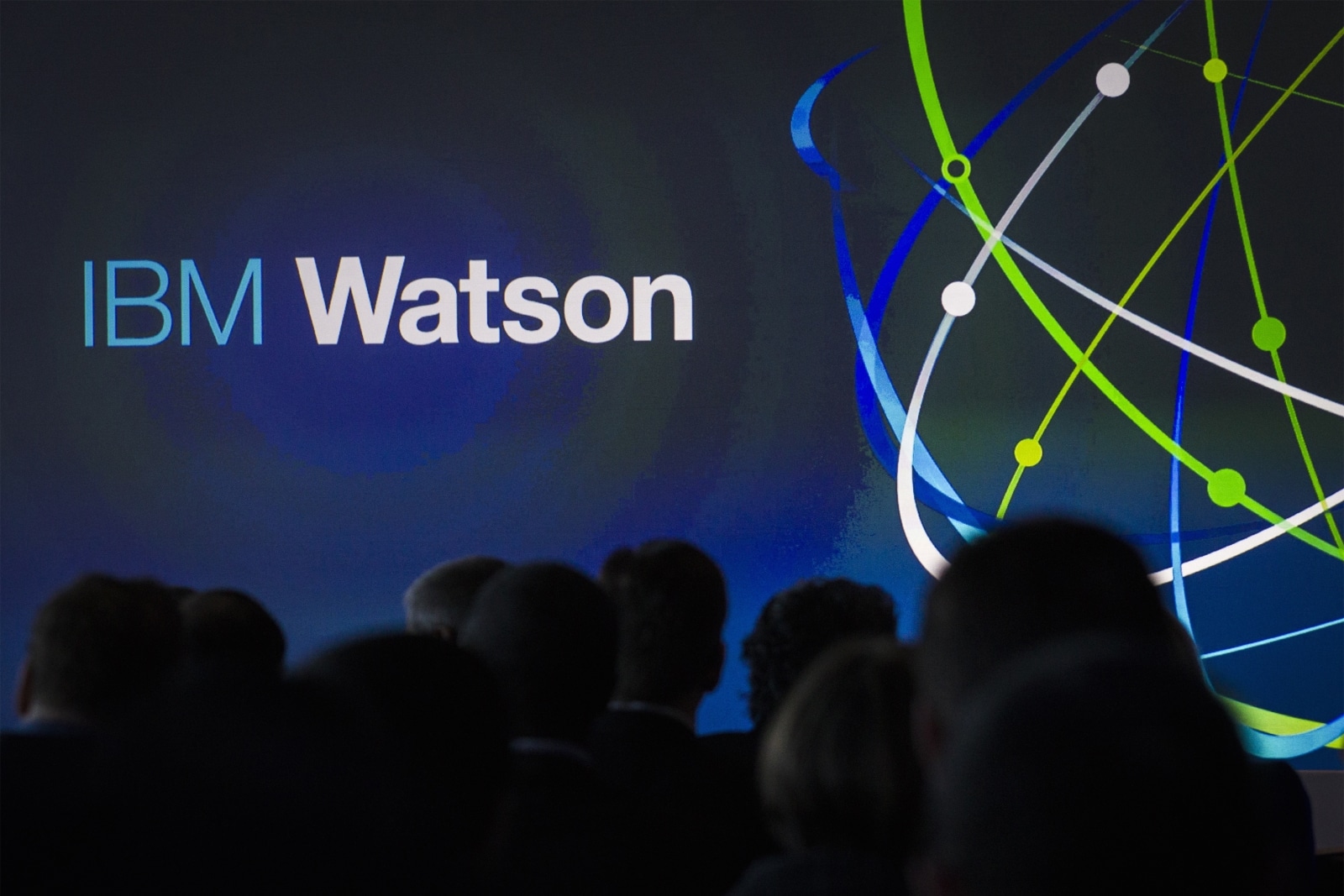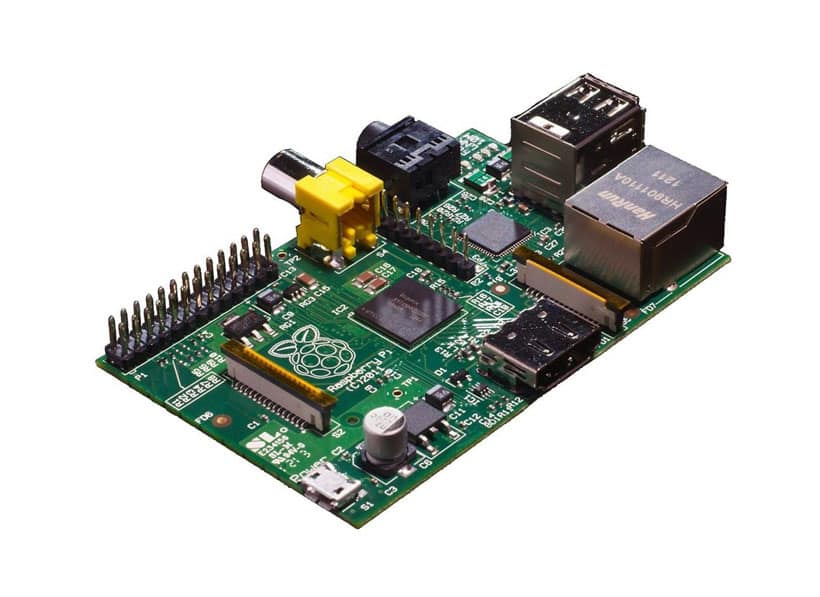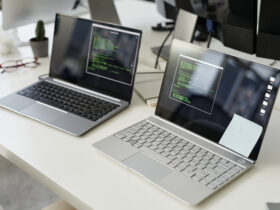The world of artificial intelligence (AI) is making rapid strides in technological development, from Google’s AI program defeating a human in the game of Go, Russian scientists building the ‘Terminator’ and another project from Google’s Brain Team, where the AI program attempts to write post-modern poetry. The AI market is projected to expand to USD 5.05 billion by 2020 (from USD 419.7 million in 2014), at a CAGR of 53.65% from 2015 to 2020, largely due to greater applications in diversified fields, enhanced productivity and increasing consumer satisfaction.
Machine learning technology, a key component of the overall AI market, is estimated to gain traction over the next five years, on account of higher anticipated demand in media & advertising and finance sectors, as well as retail, healthcare, law, and oil & gas.

Multinational technology giants such as Google, IBM, Microsoft, and governments of different countries across the globe are looking to boost their investment in AI. Here are the latest developments that are creating waves in the AI world:
Google Plans to Create AI Generated Art
According to reports, Google has announced a new research project dubbed ‘Magenta’ that is aimed at exploring the use of AI to produce art. The research team will initially study what kind of algorithms are used to generate music and then subsequently move to video and other visual arts. Magenta is set for an official launch on June 1.
‘ There’s a couple of things that got me wanting to form Magenta, and one of them was seeing the completely, frankly, astonishing improvements in the state of the art [of creative deep learning]. And I wanted to demystify this a little bit,’ says Douglas Eck, a researcher on the project.
You can see the Google AI generating music on a digital synth at Moogfest in the following video-
Magenta is inspired by Google DeepDream, which you can use to create your own crazy-ass hallucinogenic images. Just upload your pic and see the phantasmagoric imagery!
Google’s new art project seeks to leverage deep learning models open-source on top of the IT behemoth’s open source AI platform- TensorFlow. In addition, the research team will also look to develop an app to highlight the visual art produced from Magenta and gauge public opinion on whether the art created have any aesthetic or artistic value.

China To Invest USD 15 billion In AI Products
China has unveiled plans to inject more than CNY 100 billion (USD 15.26 billion) to expand its artificial intelligence products market over the next three years. Under the plans, China aims to speed up manufacturing of products such as robots, home appliances and mobile phones in order to develop new technologies and boost its sluggish economy, as well as build platforms for fundamental AI resources and innovation and undertake research and development to make breakthrough on basic core technology.
By 2018, China also seeks to nurture and develop emerging AI industries, encourage innovation in intelligent products and boost the intelligence level of terminal products. The program will reportedly include critical projects such as intelligent home appliances, smart automobiles, intelligent unmanned systems, intelligent wearable devices and robots.
According to the state-run China Daily, the government will also provide guarantee measures financial support, intellectual property protection, talents and international cooperation to pep up the industry.
AI To Define Monetary Policy In the future?
There is a strong possibility that AI may very well set the monetary policy of our country one day. Key economic indicators, such as unemployment figures, GDP and federal fund rates could be predicted by AI technology in the future, making thousands of banking and trading professionals, as well as high-level executives like Janet Yellen, the current Chair of the Board of Governors of the Federal Reserve System, a run for their money (again, the sinister prediction of AI making jobs redundant in the future. Journalism, art, economics, finance…the possibilities of AI dominance in these fields become more realistic with each passing year).
So how exactly is AI going to define the fiscal policy in the future?
According to Andrew Lo, director of the Laboratory for Financial Engineering at the Massachusetts Institute of Technology, AI will bridge the gap through machine learning, which already find applications in various complex processes such as classifying DNA sequences, detecting credit-card fraud, information retrieval, marketing, online advertising and stock market analysis.
‘ The capability is here. The biggest hurdle is the cultural barrier. You’ve got a lot of central bankers who are not as open to technology,’ says Lo.
Paul Robinson, who heads the Bank of England’s Advanced Analytics unit, feels that AI technology will have a significant impact on economic policy definitely within five years. AI would be used to make more accurate predictions and would not seek to replace the role of human economists.
However, David Wilcox, director of the Federal Reserve’s research and statistics division exercises a note of caution, warning against overstating the role of AI in shaping economic policy. ‘There will remain an irreducible amount of uncertainty that is very large, moreover, the phenomenon of structural change is pervasive in complicated economic systems. For the foreseeable future, the best approach will involve a combination of empirical rigor captured in models, together with human judgment,’ said Wilcox.
Meanwhile, Hal Varian, chief economist at Google, remain skeptical of the technology and data available to make a reliable forecast. According to Varian, the data sets are minuscule (since GDP is released on a quarterly basis, 50 years of data make only 200 observations and only seven recessions) and the technology needs to significantly improve before there is a marked change in the economic calculations done by an AI, as compared to traditional economists.














Leave a Reply